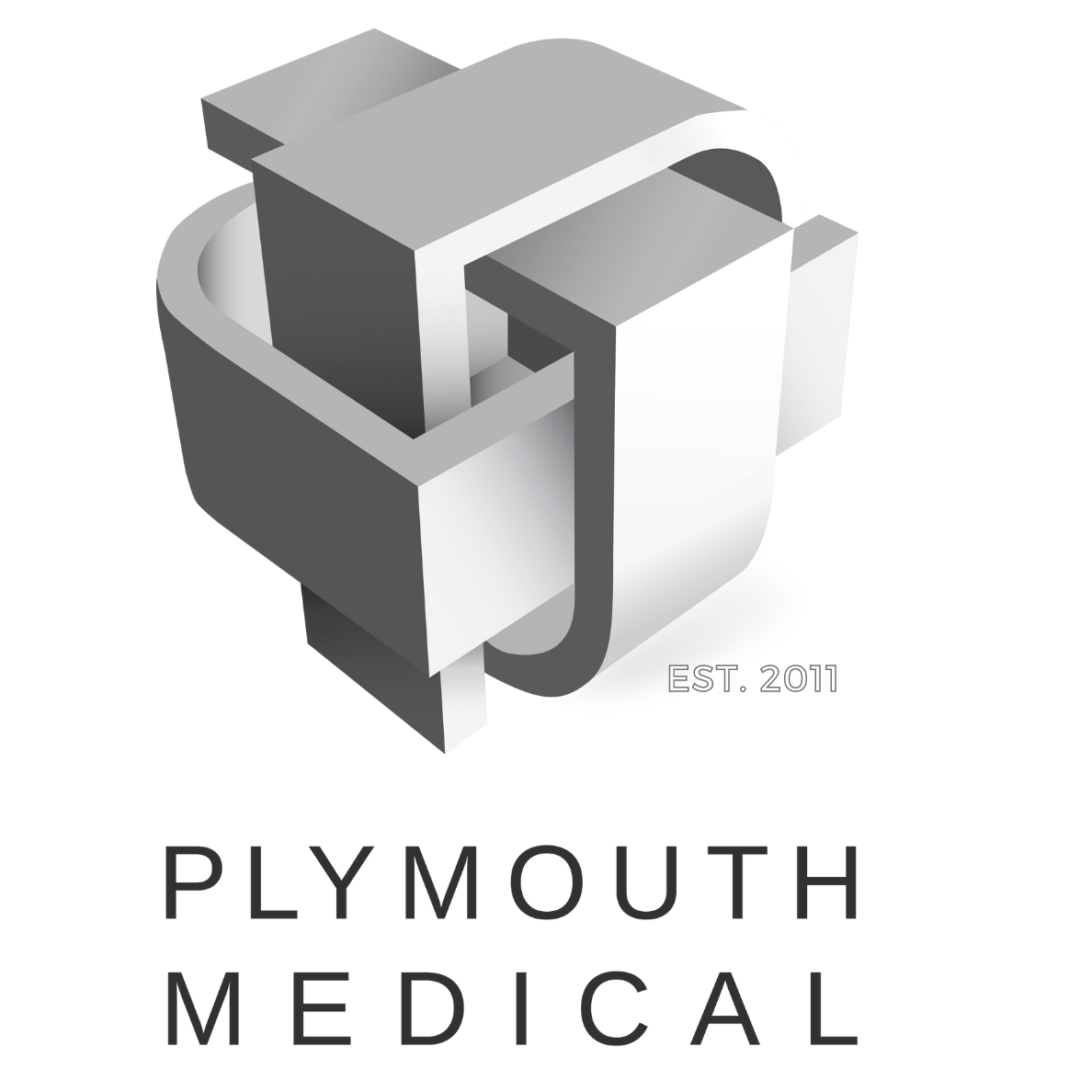Pain Management During Platelet-Rich Plasma Injections
Platelet-Rich Plasma (PRP) may elicit pain during the injection process and shortly after, due to the triggered inflammatory cascade [1]. Though this is normal and increased pain typically resolves within a few days, it is natural to want to alleviate the pain for patients by providing a local anesthetic (LA) just before PRP injections. When doing so, it is critical to keep in mind the chondrotoxicity of anesthetics and their impact on platelet function, which need to be intact to achieve the best possible clinical outcome.
Local anesthetics should be used sparingly due to possible inhibition of platelet function and growth factors [2].
Lower concentrations of lidocaine and ropivacaine should be preferred over bupivacaine [1].
If opting to use an anesthetic, do not exceed a 1:1 ratio of anesthetic to PRP volume [3].
Using a smaller gauge needle may help to alleviate injection discomfort [1].
NSAIDs inhibit growth factor release and should be avoided for at least one week prior to and during the inflammatory period following the injection [4] [5].
For patients who do not tolerate local anesthetics well yet seek to reduce anxiety during PRP injections, our clients have found nitrous oxide is a safe and effective alternative to mitigate pain and increase patient comfort. Nitrous oxide is a colorless and mostly odorless gas when inhaled and has been demonstrated to have both anesthetic and analgesic effects [9]. It is very safe and has been used for over 150 years [8]. Multiple specialties currently benefit from nitrous oxide use as an anesthetic and analgesic including:
Emergency departments: Self-administered nitrous oxide/oxygen is a safe and effective tool to mitigate moderate-to-severe traumatic pain [7] [10].
Labor department: Nitrous oxide was the preferred pain relief method during labor [8].
Ambulatory urology: Studies demonstrate significant improvements in peri-procedural pain and anxiety relative to alternative (or none) forms of analgesia [6].
A few additional tips and tricks:
Cold spray, or topical skin refrigerant, can be used just before injection to help take the sting out of a needle puncture.
If using alcohol or chlorhexidine to cleanse the skin prior to injection, allow time for evaporation to mitigate burning upon skin penetration.
Ask the patient if they prefer a ‘countdown’ to injection - for some, this may alleviate anxiety and for others may build apprehension. Communicate preferences with your patient just before injection.
Opting to implement some of the cost-effective and evidence-based suggestions above, you can increase patient comfort and enhance the overall experience of an otherwise uncomfortable injection.
Citations
[1] Bausset, Olivier. “Impact of Local Anaesthetics and Needle Calibres Used for Painless PRP Injections on Platelet Functionality.” Muscle, Ligaments and Tendons Journal, 2014, https://doi.org/10.11138/mltj/2014.4.1.018.
[2] Dregalla, Ryan C., et al. “Effect of Local Anesthetics on Platelet Physiology and Function.” Journal of Orthopaedic Research, vol. 39, no. 12, 2021, pp. 2744–2754., https://doi.org/10.1002/jor.25019.
[3] Kuffler, Damien. “Variables Affecting the Potential Efficacy of PRP in Providing Chronic Pain Relief.” Journal of Pain Research, Volume 12, 2018, pp. 109–116., https://doi.org/10.2147/jpr.s190065.
[4] Mannava, Sandeep, et al. “Influence of Naproxen, Age and Body Mass Index on the Biological Composition of Leukocyte Rich Platelet-Rich Plasma: A Prospective, Therapeutic, Cohort Study.” Orthopaedic Journal of Sports Medicine, vol. 6, no. 7_suppl4, 2018, https://doi.org/10.1177/2325967118s00113.
[5] Frey, Christopher, et al. “Effects of Antiplatelet and Nonsteroidal Anti-Inflammatory Medications on Platelet-Rich Plasma: A Systematic Review.” Orthopaedic Journal of Sports Medicine, vol. 8, no. 4, 2020, p. 232596712091284., https://doi.org/10.1177/2325967120912841.
[6] Huang, Christine, and Nathaniel Johnson. “Nitrous Oxide, from the Operating Room to the Emergency Department.” Current Emergency and Hospital Medicine Reports, vol. 4, no. 1, 2016, pp. 11–18., https://doi.org/10.1007/s40138-016-0092-3.
[7] Collins, Shawn, et al. “Update for Nurse Anesthetists - AANA.” Update for Nurse Anesthetists: Nitrous Oxide for the Management of Labor Analgesia, AANA Journal, Feb. 2018, https://www.aana.com/docs/default-source/aana-journal-web-documents-1/journal-course-6-nitrous-oxide-for-the-management-of-labor-anesthesia-february-2018.pdf?sfvrsn=442d42b1_6.
[8] Gao, Lu-Lu, et al. “Analgesic Effect of Nitrous Oxide/Oxygen Mixture for Traumatic Pain in the Emergency Department: A Randomized, Double-Blind Study.” The Journal of Emergency Medicine, vol. 57, no. 4, 2019, pp. 444–452., https://doi.org/10.1016/j.jemermed.2019.06.026.
[9] Ducassé, Jean-Louis, et al. “Nitrous Oxide for Early Analgesia in the Emergency Setting: A Randomized, Double-Blind Multicenter Prehospital Trial.” Academic Emergency Medicine, vol. 20, no. 2, 2013, pp. 178–184., https://doi.org/10.1111/acem.12072.
[10] Gopalakrishna, Ajay, et al. “Use of Nitrous Oxide in Office-Based Urologic Procedures: A Review.” Urology, vol. 143, 2020, pp. 33–41., https://doi.org/10.1016/j.urology.2020.05.020.
03/20/22







